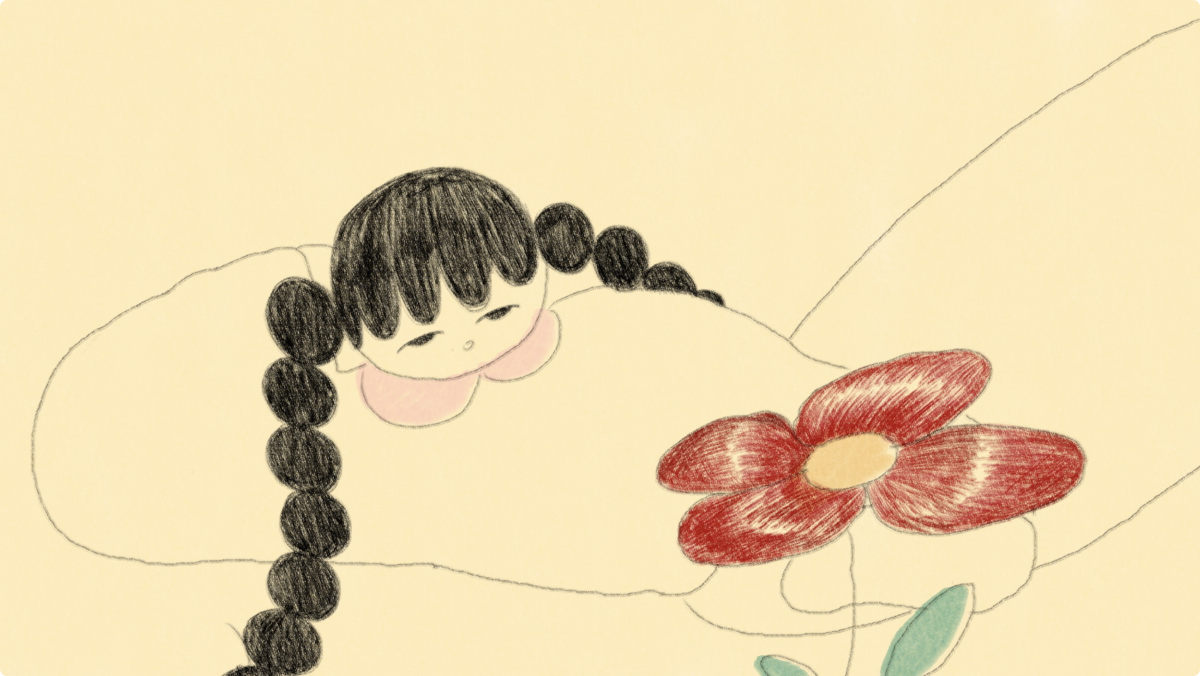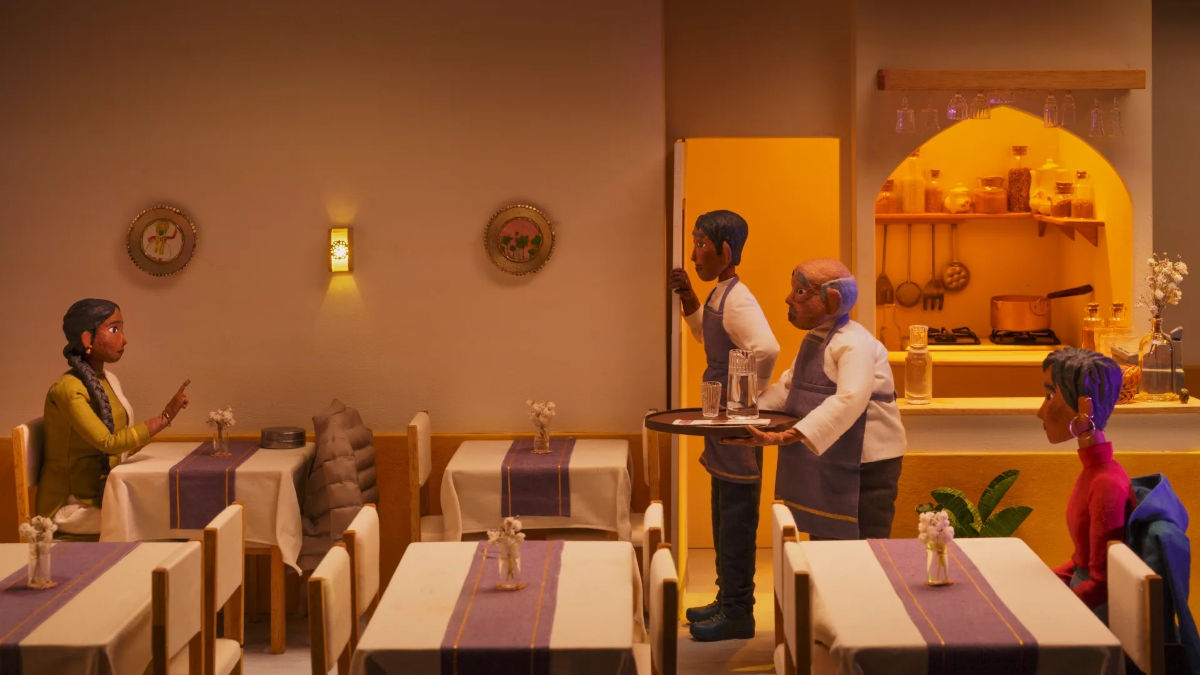Independent Animation Shorts
Eastern Promises: Georgian Animation at Anifilm Festival 2024 (GoCritic! Review)
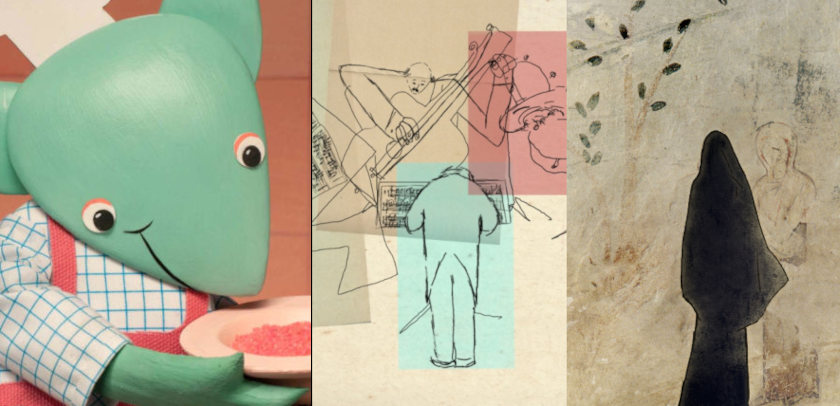
Heather Bradshaw reports on the Georgian Animation programme 'Eastern Promises' at this year's Anifilm Festival 2024, part of our GoCritic! review series.
Nestled within this year's Anifilm Festival programme is its celebration of the Georgian short animation, 'Eastern Promises: Georgia'. Now in its third year, the specialized programme framing artists' work from Europe’s eastern borders has reached Georgian territory, combining stories of post-independence with the intrinsic power of community. Informed by the rich history, socio-politics, and animated talent of its focus, themes of communal and family bonds pervade the selection, earnestly fulfilling the programme text’s promise ‘that Georgian animation is thriving and that we’ll be hearing more about it in the future.’
The Anifilm programme focuses on films from the past 10 years, despite the emergence of animation in Georgia as early as the 1920’s, which ensures its aim of contemporary reflection and representation. This is a testament to the resurgence of Georgian animation in 2010 when the Georgian National Film Centre began to fund animated projects to support its growing industry.
Bookending the programme is the direction and production efforts of Anifilm’s Short and Student Films juror and founder of the Georgian Animators Association, Mariam Kandelaki, whose delicate yet jarring short 'The Youth and the Leopard' tells its story through a poetic voice-over. Across grainy landscapes, we follow the veiled silhouette of a grieving mother whose son is killed for his sins in a battle with a young leopard. She soothes her inherited guilt by consoling the leopard's own mother, whose son also died in the battle; the two interspecies mourners akin to their loss and heartbreak. Kandelaki’s understanding of Georgia’s animated history unmistakably flows through into her craft, harmonizing a variety of technical animation methods to create rhythmically life-like movement and texture.
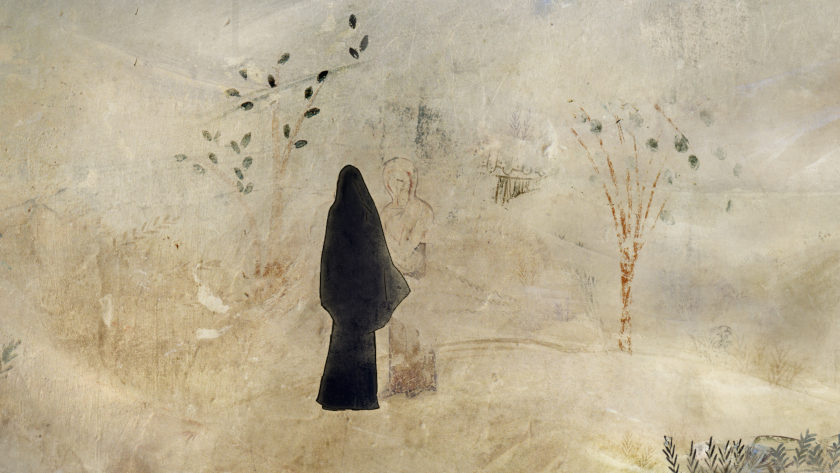
The Youth and the Leopard
The black-cloaked, grief-stricken figure of Kandelaki’s lyrical world seemingly transitions into the next film in the block, Peter (Petre) Tomadze’s 'Goderdzi' - one of two of his works in the programme - which follows two disorderly grave-diggers in the intense Georgian sun. As the diggers begin burying another body, a mourner emerges, aggressively crying into the grave before them in an absurd, comical fashion. Far different from The Youth and the Leopard, Tomadze’s film first exhibits a playful humor that resurfaces throughout the programme, recognizing the prolific thematic diversity of Georgian animation.

Goderdzi
Alongside dark comedy and poetic drama, the programme also boasts a showcase of shorts for younger viewers. Ana Chubinidze’s films 'The Pocket Man' and 'Franzy’s Soup-Kitchen' epitomize the whimsical flair of children’s animation on offer, displaying an assortment of paper and stop-motion techniques with authentic charm. In 'The Pocket Man', a tiny being finds solace from the disruption around him in a blind old man’s pocket, whilst the two species of unknown alien creatures in 'Franzy’s Soup-Kitchen' find their community connection in the sharing of an intergalactic soup. Both shorts follow isolated protagonists on a journey to find community, instilling messages of inclusion and acceptance within their stylistic surrealism.
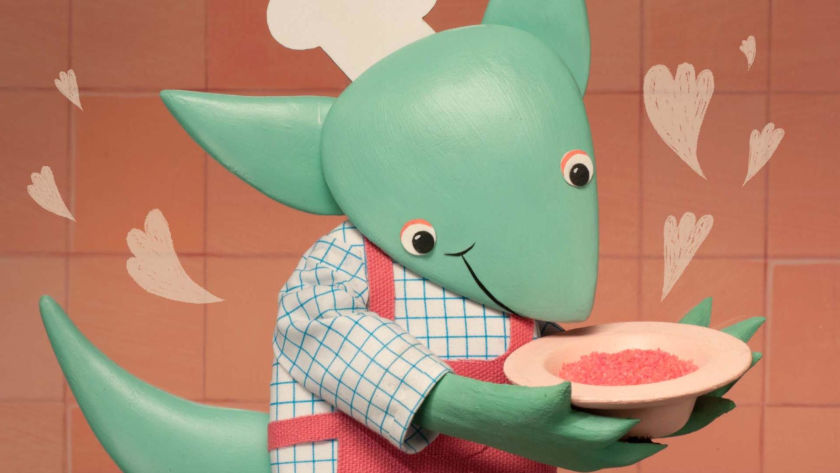
Franzy's Soup Kitchen
In two other films, we see these same communal ties form through the connection of music. Sisters Mariam and Barbare Qortua’s 'Orchestra' and 'The Step of the Breeze', respectively, share a musical interdependence. Mariam’s programme opener depicts a chaotic and joyous orchestra performing in turbulent synchronicity, displayed through intricate line drawings against shapes of soft color palettes. In Barbare’s 'The Step of the Breeze', we see an old man, in a similar hand-drawn style, playing the piano as rickety as himself, followed by a young boy who curiously copies his playing. It is unclear whether the playing of the piano transports the old man back to his own childhood, or whether the boy simply follows him in the present day, but the film’s enactment of family bonds over the passage of time is expertly refined.
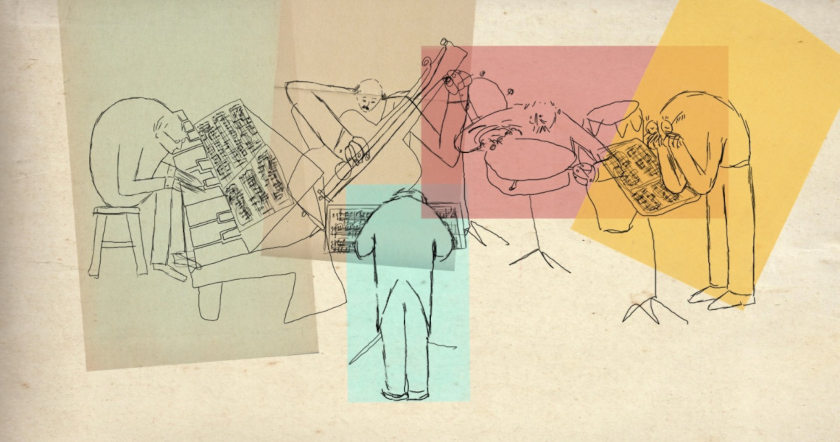
Orchestra
From start to finish, sound radiates throughout the programme of Eastern Promises in a collective roar, from strident chimes of a single piano key to folksy melodies of profound hopefulness. Together, the films and their makers form their own orchestra of odic noise, speaking the truths of their community power through sound and music.
The jewels in the programme’s crown are heralded by simplicity, nuance, and thematic balance, heavily relying on artistic modulation to move their audiences. Mariam Qortua’s second (and graduate) film in the programme, 'Us', follows household interactions with emphatic realism, as the voices of the filmmaker’s own family talk over one another in a struggle to be heard. The film bears the same hand-drawn animation of 'Orchestra', but offers an intrinsic busyness in its style and soundscapes that create a superior ambiance of competing noises. The overlapping chatter of Qortua’s home hinges on repetition and intimacy, permeating a routine of disorderly clamor in a manner that encapsulates both the frustration and love of a family unit.
In juxtaposition to this noise, Mariam Kapanadze’s multi-award-winning 'Abandoned Village', produced by Kandelaki, shows a community quietly depicted in the outlines of a deserted town, which breathes with the life of its past inhabitants. The entire film is one image that undulates in response to changes in light and color, creating a conflicting space of both lucid tranquillity and ephemeral, fragmented horror. Kapanadze’s exceptional moving painting combines the programme's overarching themes of family and community into a single, stationary organism. Her landscapes gestate and absorb the life surrounding them, exorcising its ghosts and leaving only entrenched scars of the past behind.
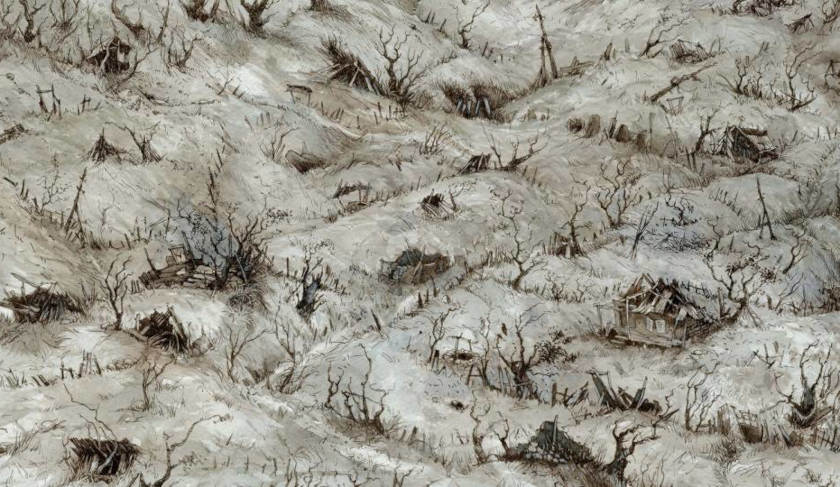
Abandoned Village
What is so refreshing about the Eastern Promises: Georgia selection is not only the highlighting of a quietly thriving industry in animation, but a nation’s voice represented in the chosen filmmakers’ collective abilities. Together, their films help to heal past wounds in the diligence of their shared experiences, with a strength in their own cinematic community that spreads well beyond the lines of animated drawings.
(cover photo: Franzy's Soup Kitchen / Orchestra / The Youth and the Leopard)
contributed by: Heather Bradshaw





